Support strong Canadian climate journalism for 2025
Canada's National Observer sent reporter Natasha Bulowski to B.C.'s remote central coast for a special expedition this month. This is her second report on the trip. Read the first one here.
Two weeks of clambering over slippery rocks and logs, cutting one-ton piles of rope and nets in 30-degree heat and lugging around hundred-kilogram bags of derelict fishing gear takes a toll on you. But no amount of sore muscles, barnacle cuts or the sheer enormity of the task at hand could dampen the enthusiasm of Bluewater Adventures’ 12-person clean-up crew.
This is the third year tourism companies have employed coastal guides to spend weeks pulling marine debris off B.C.’s central coast, and despite its hardships, every single person aboard the Island Roamer wants to continue this work every year, as long as necessary.
Every morning the crew piles into two zodiacs, spreads out and hits the shore, racing to remove as many plastic bottles, fishing gear and other trash as possible. Often, big blue barrels, pieces of white styrofoam and fishing floats are visible from far out on the water, and once you get ashore, each rock you move or piece of garbage you pick up reveals more plastic buried underneath.
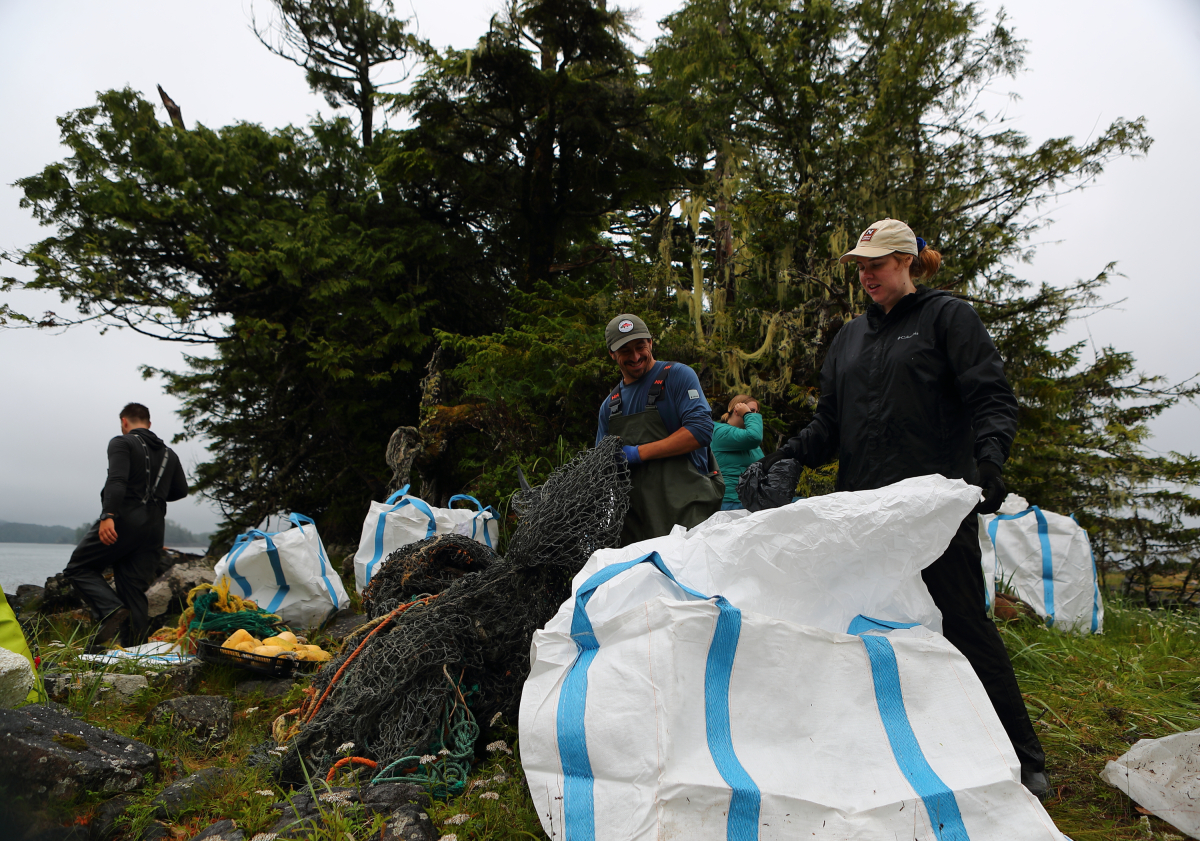
The bags fill up shockingly fast; it often takes four people to haul them across slippery rocks at the end of an exhausting eight hours or more. But a sense of urgency drives the crew forward right until the last bag is weighed and cached: they never slow down.
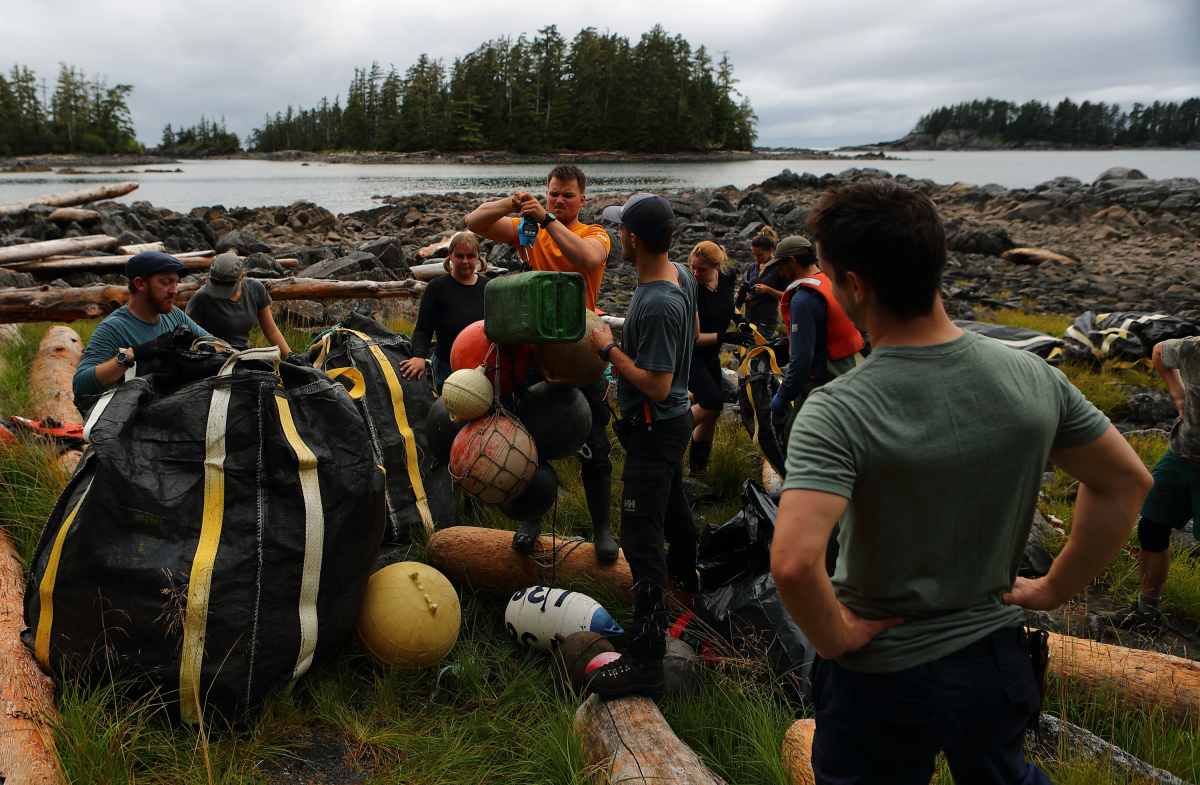
It takes a special person with a unique skillset to do this physical work in such remote areas. I spent the last two weeks exposed to the passion and camaraderie that drives these individuals. This is a glimpse into who they are, and why they would drop everything to clean up the coast again.
Peaks and pits
After each long day of dragging heavy debris off the shore, the whole crew would sit together, stretching sore muscles and drinking tea while sharing their “peaks and pits” for that day. Often, these highlights were obvious, if a little arduous: working together to free a whole fishing net from under layers of boulders and driftwood, or successfully getting nearly two tons of debris off a shoreline in one fell swoop.
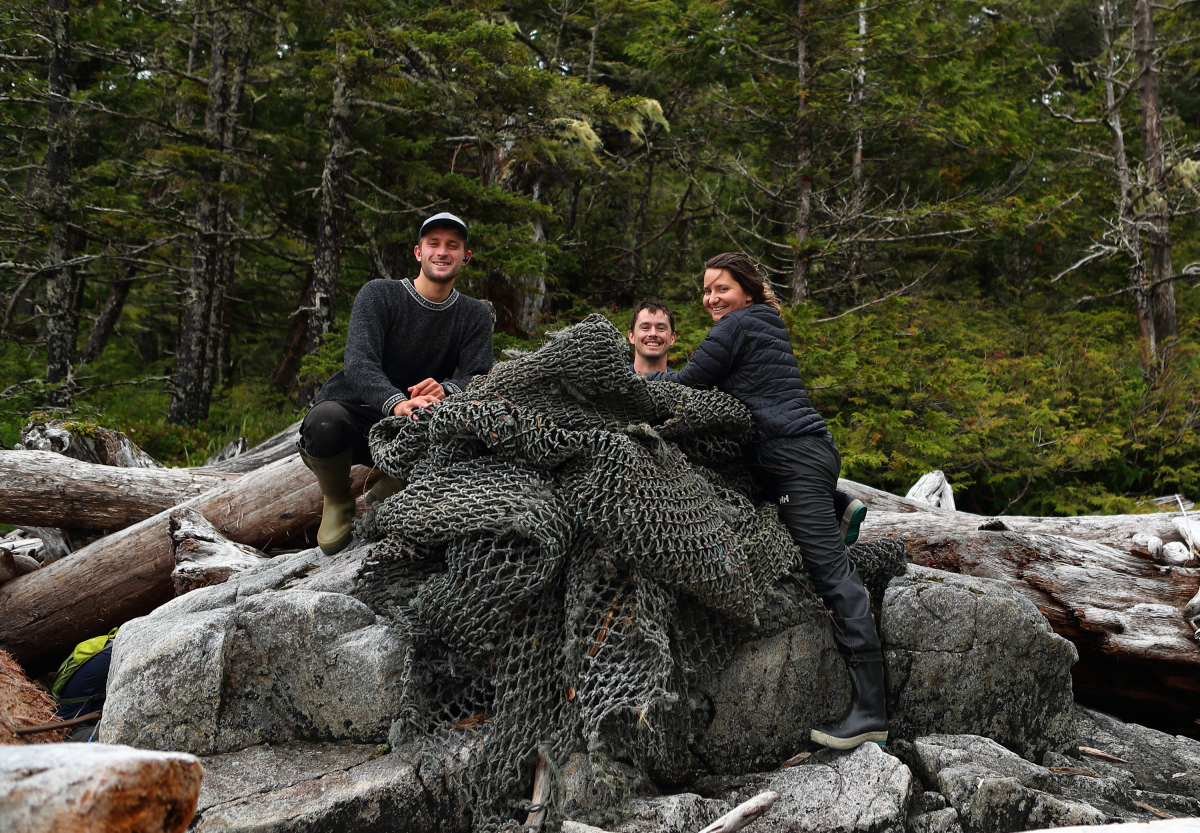
“When we find something like a giant net underneath all the logs, it’s the worst moment, because you realize you’re going to be on that beach for a long time and you’re going to be sweating and your knife is going to go dull quickly because you’ve got so much line to cut,” said Sharon Kay, a marine biologist aboard the Island Roamer.
“But it’s the best thing to work on because you’re all together and it's going to be something you’re going to be talking about for days in a positive way because, hopefully, you’ll get it out from under the logs and all celebrate together.”
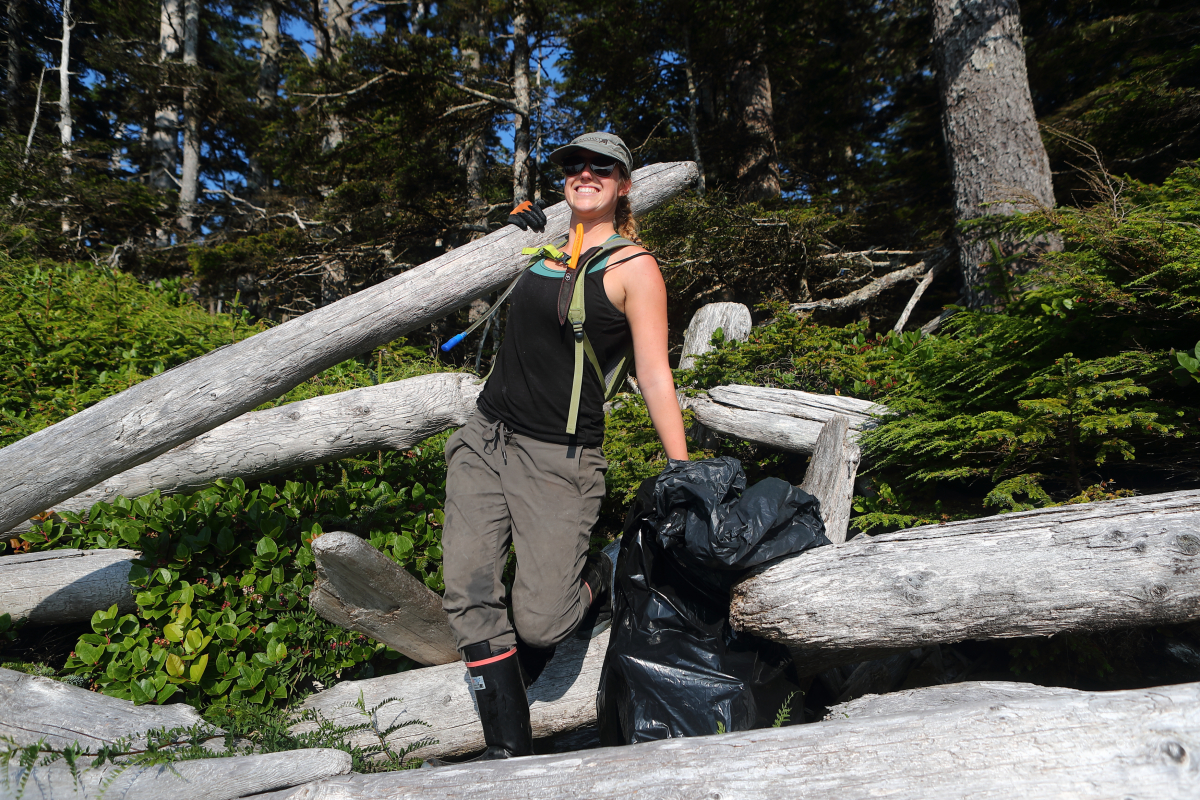
The pits were more complicated.
Even though it generally feels good to do this work, it often feels like it's just putting a Band-Aid on a far bigger problem. The unfettered growth and production of the plastic industry, as crew member David Chartier pointed out, is going to lead to more pollution on these beaches. Unless nations around the world take action, the amount of plastic being produced globally each year is expected to double by 2050.
In some spots you’ll find “a beach completely made of plastic,” said crew member Erik Jackson.
“Just layer upon layer upon layer of really small bits of microplastics … bigger pieces that have gotten pounded down by the waves and ground into small, little bits of powder and flakes. It’s really difficult to see that and know that it's impossible to clean up, short of just scooping up bits of the dirt and putting it in a bin. There’s no way to collect all of that.”
In such a remote place, so far from where the plastic was produced or used, it’s shocking to see how much of it accumulates — but without the crew’s intervention, the problem will get even worse.
“There’s still an opportunity to get these big pieces off the beaches before they break down into smaller ones, so I feel like we can make a difference right now if we have the funding for it,” Jackson said. “The longer we wait on it … the more the garbage is going to deteriorate and break up into smaller pieces, and then it's not going to be possible to clean it up.”
A responsibility to act
Many crew members, including Jackson, said it’s hard to go home after these expeditions and – beyond making personal decisions to avoid plastic use – not know how to move the needle on this global issue. A lot of the debris is international, as evidenced by labels on crates and bottles and some fishing tags, but there’s no reliable way to track who is responsible for most of the massive fishing nets and ropes that make up the bulk of the debris.
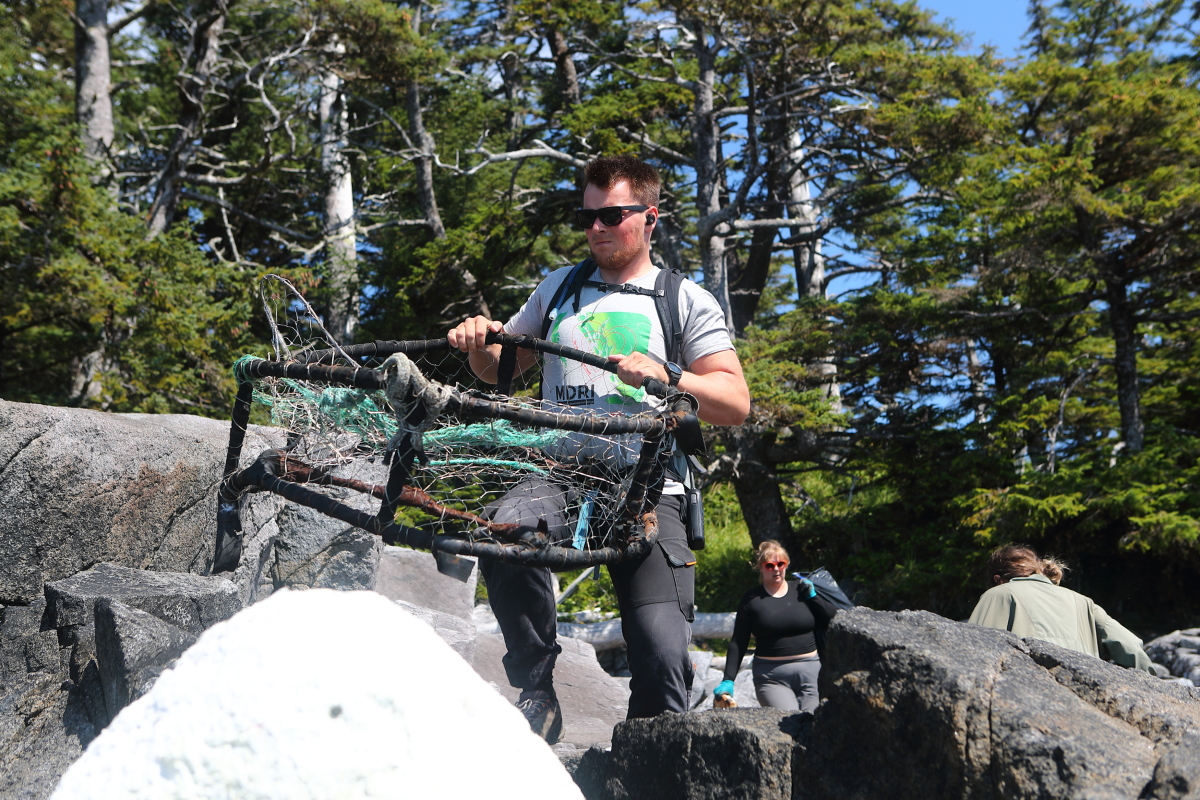
Even though the problem transcends borders, Canada has a responsibility to act, said crew member Emma Richmond.
“We’re a very privileged country; we have the resources, even though a lot of this trash is from other countries, to do cleanups every year,” Richmond said. “We’re in an incredibly lucky position where we have marine guides, we have funding, we have all these resources that make it possible to clean our coastlines and they are some of the most pristine coastlines in the world.”
Removing as much plastic and debris from the ecosystem as possible is important, but to tackle the issue more broadly, “systemic change” is needed, said Ryan Masson, Island Roamer’s captain. “We need to stop using plastics.”
“I’ve always thought a simple way to do it, if we could make it global, is just to make it the responsibility of whoever manufactured or used it to recover the recycling cost or reusing it or picking it up,” he said.
“I bet that if it was going to cost whoever it was — a car manufacturer, someone selling inflatable unicorns like we’ve found on the beaches here — if it was going to cost them more money to recycle it, overnight they would find some better way of doing it, some better product.”
Combing the shores, coves and islets on and around Aristazabal Island, which is exposed to Hecate Strait and the Pacific Ocean, really shows the extent of the plastics problem: fishing nets, mooring ropes more than 20 metres long and 10 centimetres in diameter, huge rubber boat bumpers and waterlogged fishing floats are some of the usual suspects.
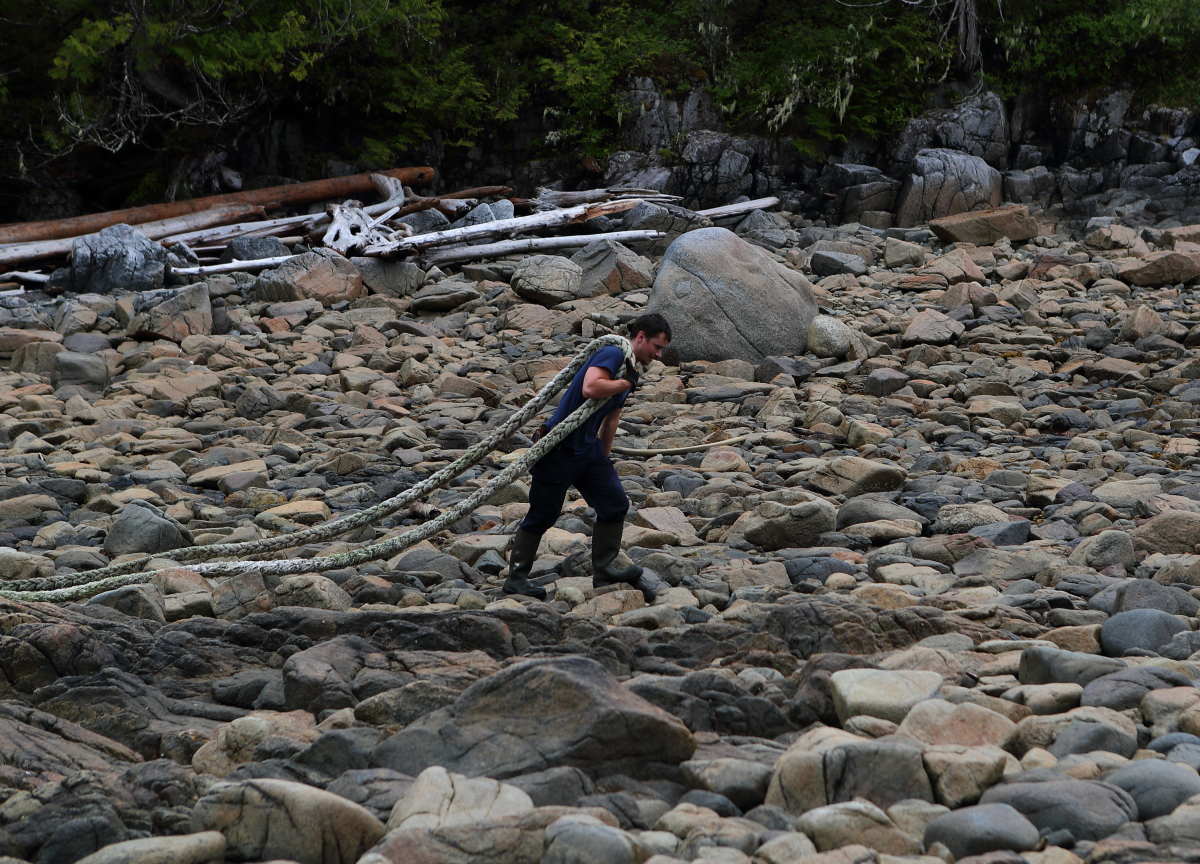
By weight, most of the debris comes from the fishing industry and some crew members want to see action to address it at the source.
That could mean giving offshore fishing vessels an easy way to dispose of gear so there’s less incentive to just dump it out in the sea, or trying to tax some of the income that’s coming from fishing to fund cleanup efforts, said Theo Delignieres, a mate with Bluewater Adventures.
“Even if a small percentage of that went to funding marine debris cleanup efforts, it would make a huge difference,” Delignieres said.
A magic moment
One of the most obvious symptoms of fishing gear floating around at sea is its impact on marine animals. The Department of Fisheries and Oceans recently freed a humpback whale tangled in 50 metres of fishing gear and in May an entangled right whale was spotted in the Gulf of St. Lawrence.
Crew member Alison Thieffry is trained to put GPS tags on marine animals that are ensnared in fishing lines so the experts can track them down, assess the situation and untangle them.
“When we pick all these ropes and all these nets, you think well, there’s less chance of a whale getting entangled,” Thieffry said.
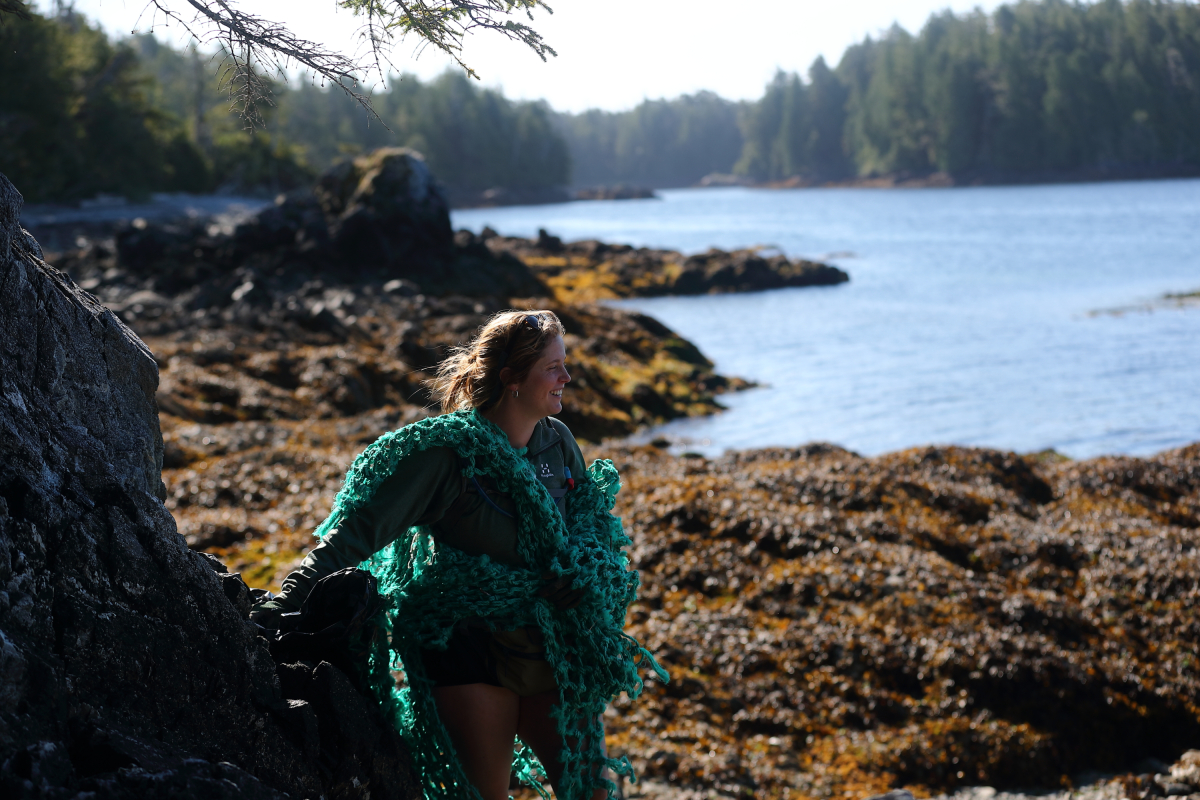
“Yesterday … we were driving the Zodiac and we saw a fluke of a humpback whale, and it felt kind of good to be cleaning and seeing the whales around.”
Entanglement and the injuries it causes make it harder for whales to move, feed and migrate, she said. Everything else in the food chain suffers, too, including humans. Birds die with stomachs full of plastic and these toxic compounds make their way into all organisms.
The cleanup project started in the depths of the pandemic, when guides were out of work. “It was just a really nice magic moment where there were people and resources available to tackle this huge problem,” Erin Hogan said.
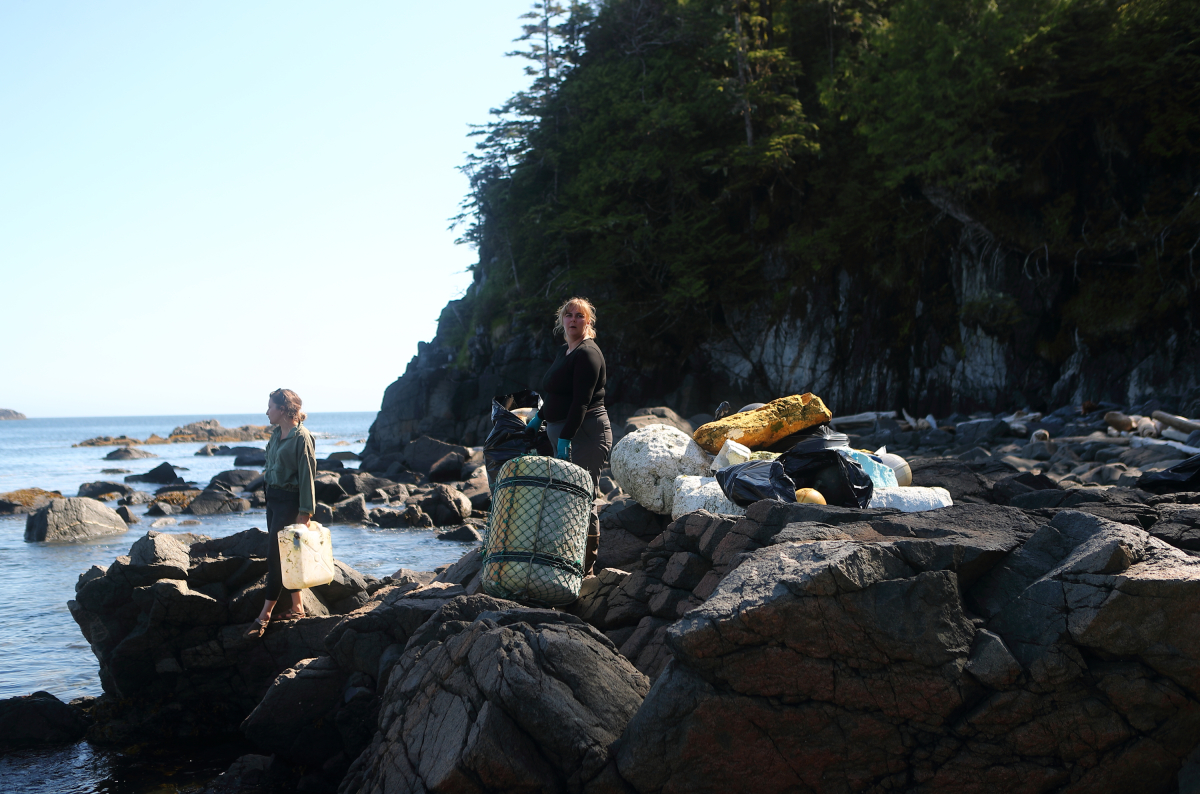
The Wilderness Tourism Association of BC and Small Ship Tour Operators Association received $3.5 million from the province’s Clean Coast, Clean Waters funding stream for their 2020 clean up expedition and another $3.5 million to do it again in 2021. Now they are doing it again, albeit with far less funding — $750,000 – to revisit the areas they cleaned three years ago and take stock of how much debris has reaccumulated.
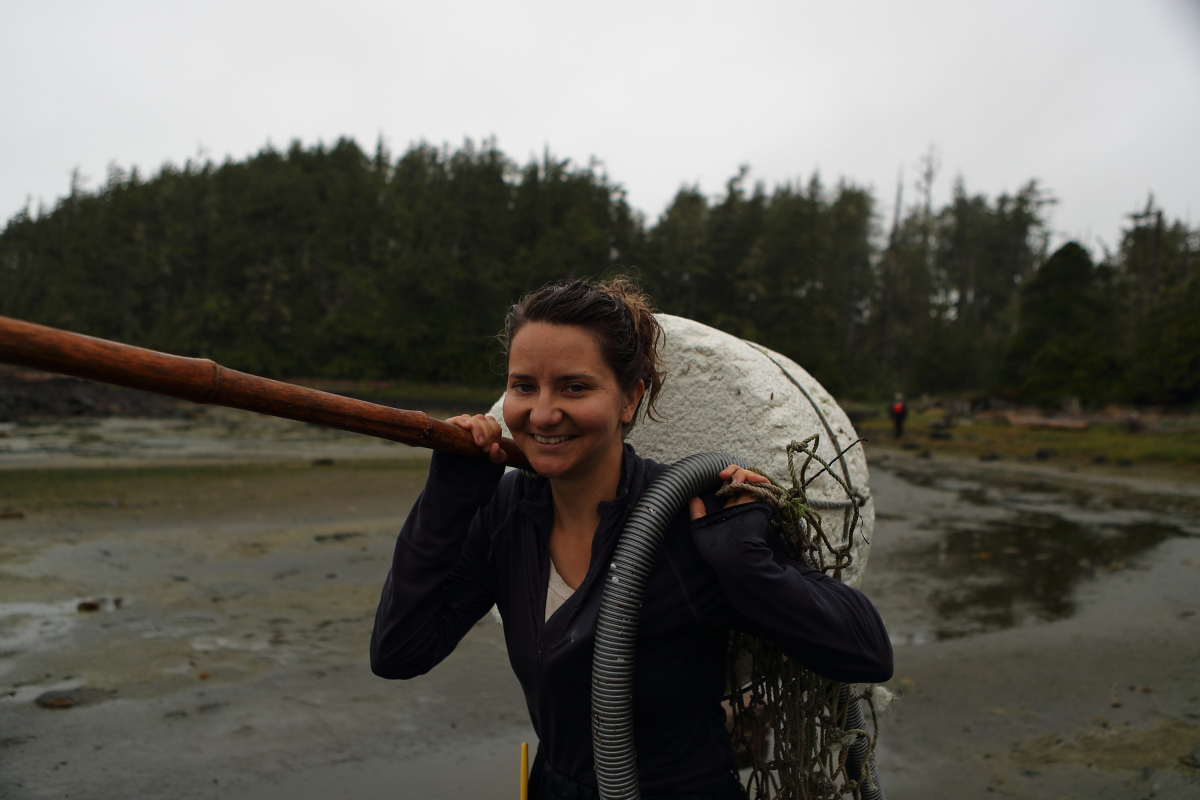
Longtime guides like Jody Steeves are grateful to use their skills and knowledge of the coast for such meaningful work alongside other skilled individuals. Adam Wathier has worked in the Coast Guard for 10 years — where a big part of his job is driving boats in difficult conditions and remote areas — and said this two-week clean-up project is one of the most adventurous and fulfilling jobs he’s done.
“I’m pretty amazed at how much garbage we’re picking up; I didn’t think it would be to this level,” said Wathier, who had never done a shoreline cleanup until this one.
The crew’s enthusiasm is contagious and it’s impossible not to feel the magic when, after a long day of wrestling with nets and driftwood, you sit on the deck together and watch the humpbacks and Northern resident killer whales move through the same waters as you just helped clean.
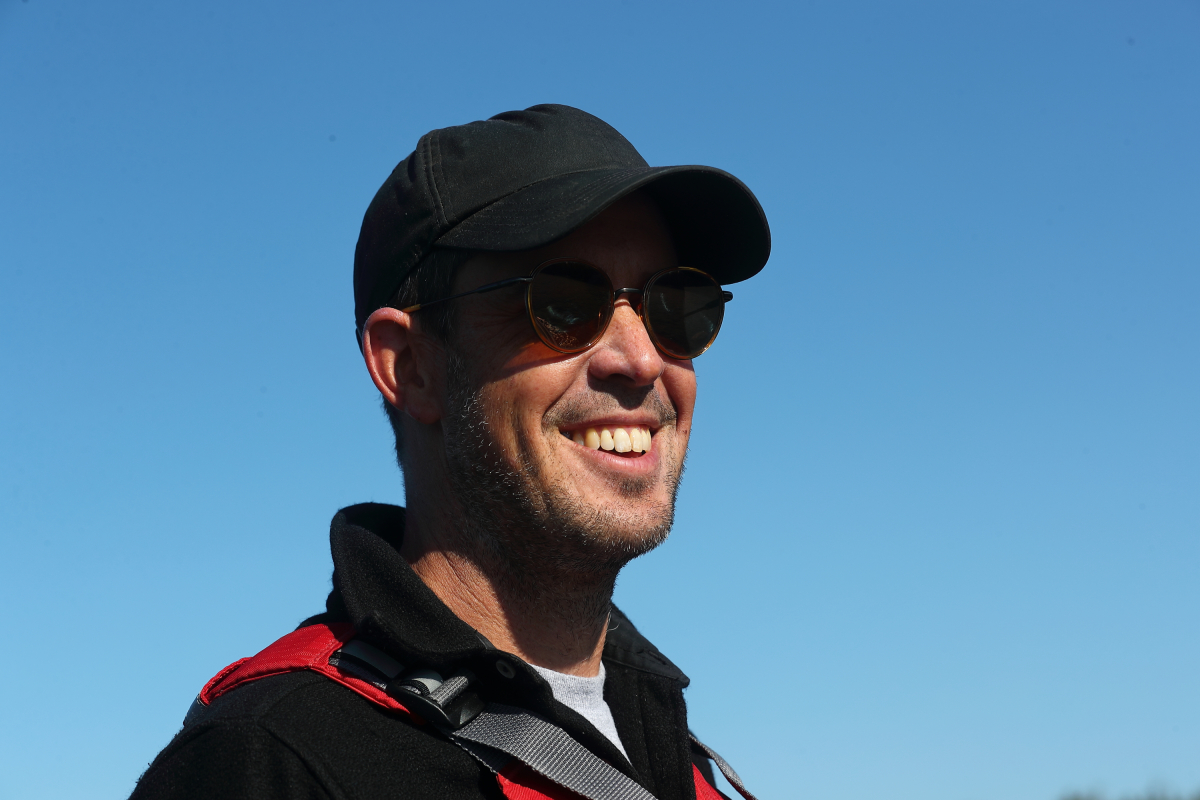
“The ocean has given me literally my entire livelihood for my last ten years,” said Evan Sztricsko, who drives whale watching boats out of Victoria, B.C.
“I think for everybody on this boat it feels really good to give back and know that part of our own personal lives were spent making some of these nooks and crannies and beaches and coves a better and safer place for the wildlife that calls this place home.”
Natasha Bulowski / Local Journalism Initiative / Cananda's National Observer

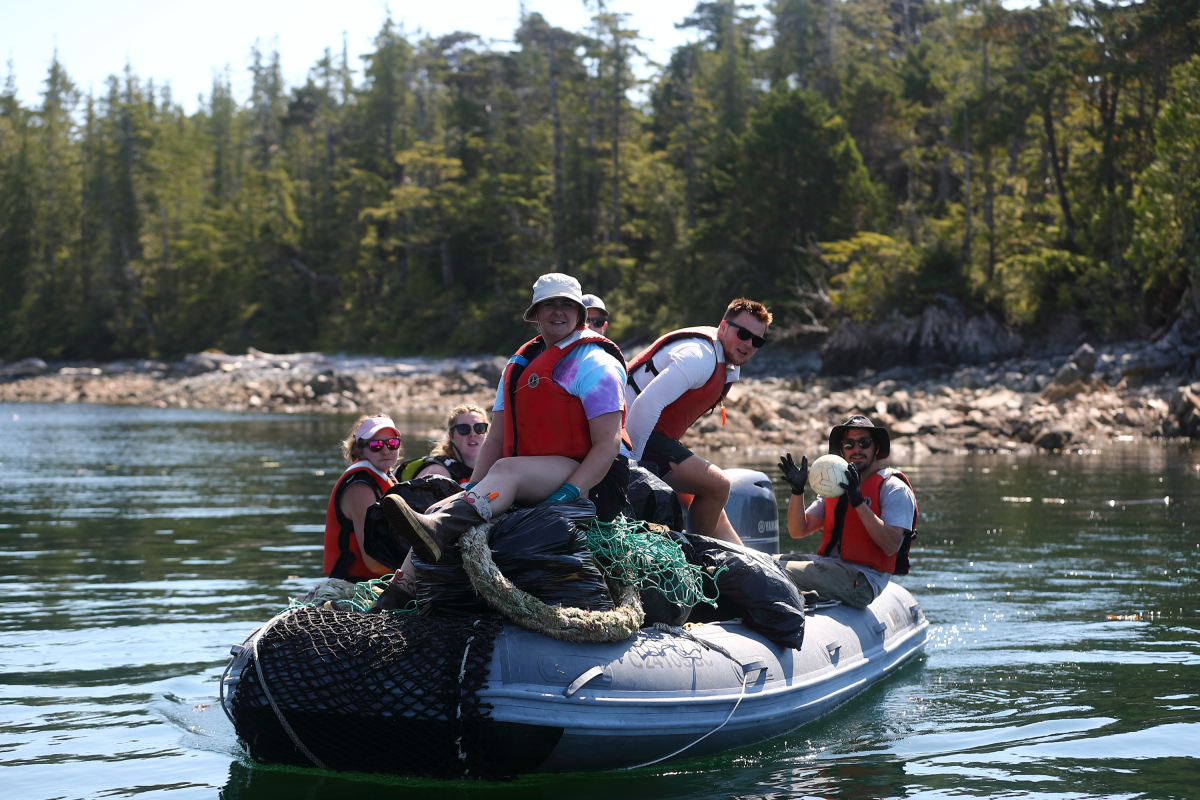


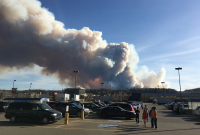
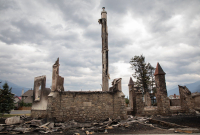
Comments
surely raising money to do this on a larger sclae should be a winter priority and taking a boatload of collected trash to victoria legislature or bringing willing MPL s out for a beach tour would get them on board for more funding???